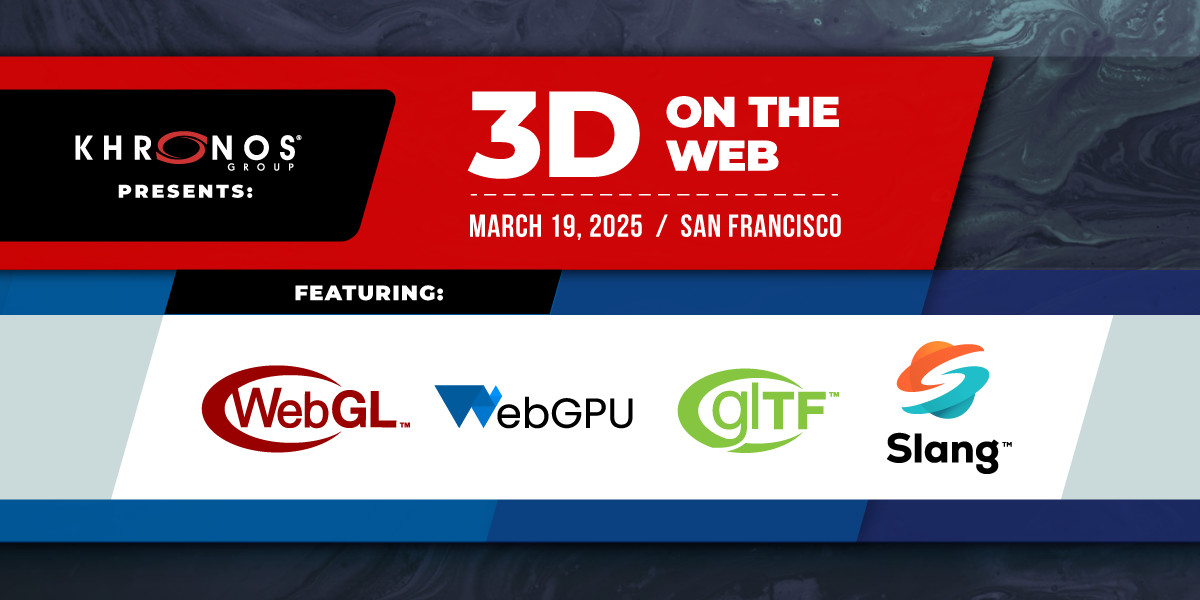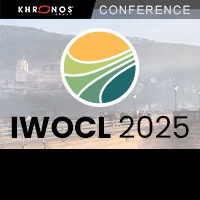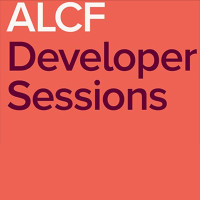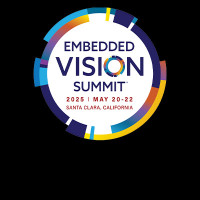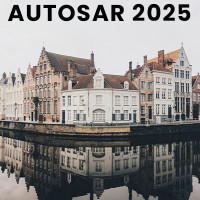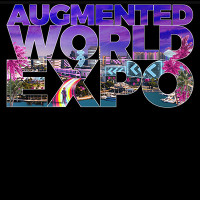Presentations and Videos
- Unlocking the Power of Vulkan Video Encode
- OpenVX Town Hall Meeting: Framing the Future of Image and Sensor Processing
- 3D on the Web
- Image Sensors Europe
- Embedded World 2025
- Gaussian Splats: Ready for Standardization?
- SIGGRAPH ASIA 2024
- Supercomputing 2024
- WebGL & WebGPU Meetup - November 2024
- OpenXR LIVE 2024
